Melancholia
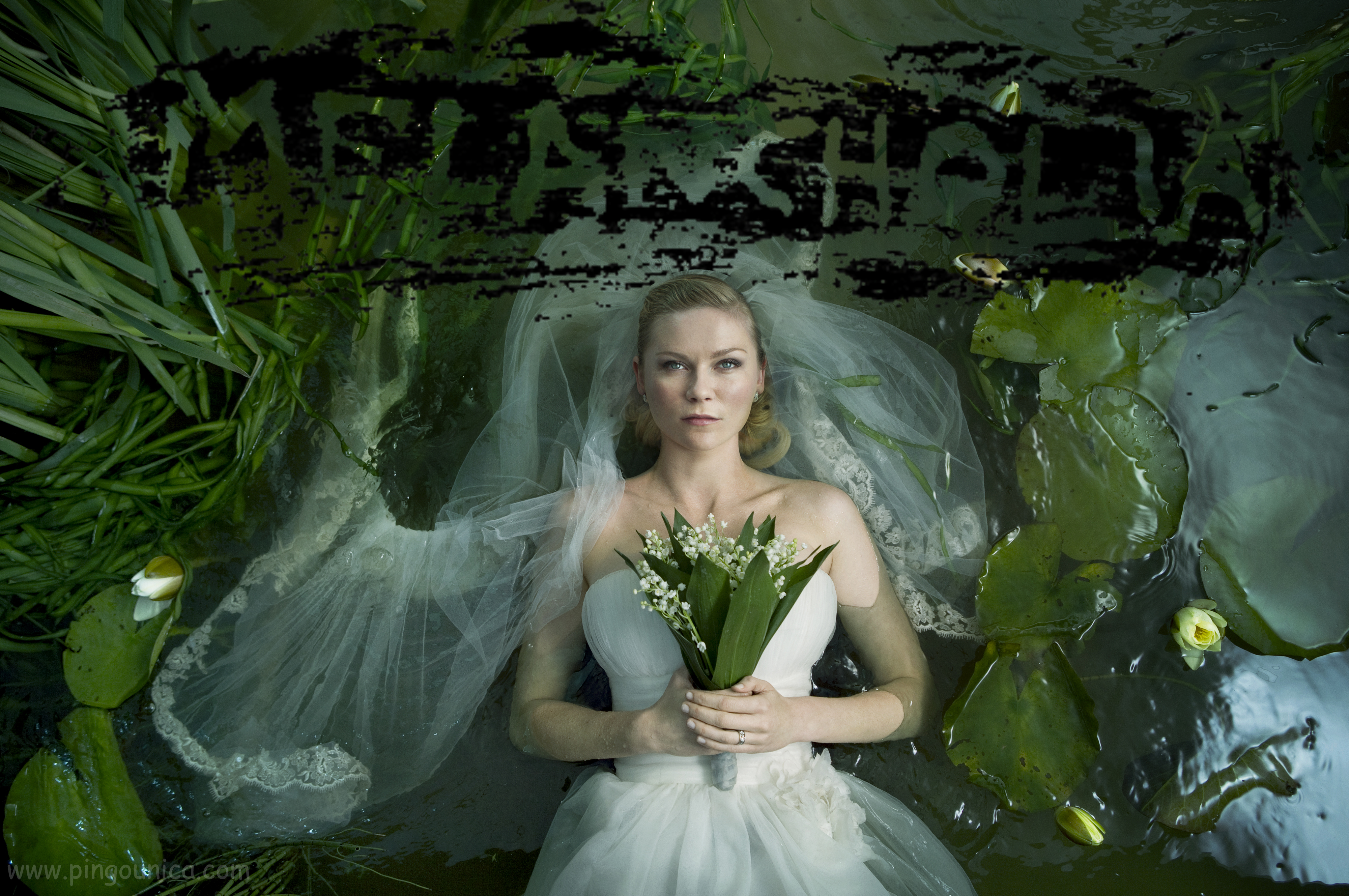
Von Trier returns! While it’s true that “Melancholia” is Lars Von Trier’s film “about” depression and his struggle with it, if I had to say what it’s “about” I’d say it is about his love for paintings, for Caravaggio and Brueghel and John Everett Millais. He recreates Millais’ “Ophelia”, one of my favorites as well, with Kristen Dunst in wedding dress in the water. Late in the film he gives us a nude Dunst happily lying in a moonlit clearing in the woods by the water: she is a strikingly gorgeous Venus, bathing in the ghostly “moonlight” of planet Melancholia as it gets closer and closer on its collision course with Earth. The film, then, is “about” Von Trier’s love of the naked human female form, the eternal feminine, the inspiration for artists throughout the history of mankind.
This is one of the first films I saw after coming home from three weeks in Italy. In a world that is saturated with images and which pimps their power (can it be a coincidence that Dunst’s character (Justine) is in advertising?), we can become desensitized to the power of images. As I strolled through the world’s great art museums, churches and palaces, looking at the paintings I felt that power recharged, experienced again my capacity to be filled up with their strange mystery.
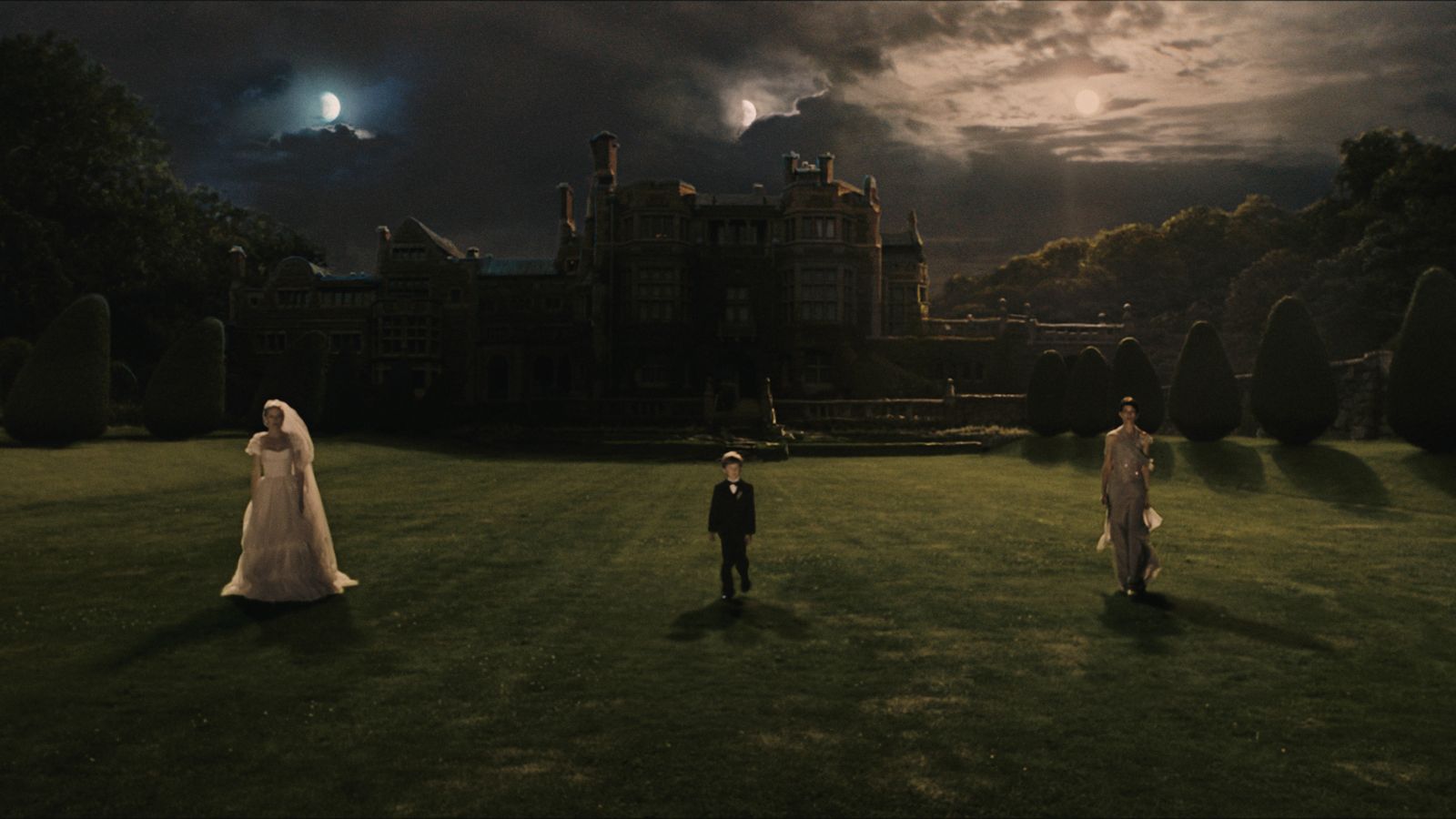
“Melancholia” has the same effect. There is an extraordinary prologue, beautiful, wordless: as if in a dream we see visions foreshadowing what is to come. A horse falls. A woman makes her way towards us through a forest in slow motion as a boy whittles in the foreground. I love to see that, love to see a director putting a truly personal vision, straight from his dreams or the inside of his head, onto the screen. It's what the film-going life is all about to me. Gorgeous classical music builds; you might say that the film is “about” Von Trier’s love of beautiful music.
There’s a quick scene in a little octagonal room with shelves displaying propped-open coffee-table books. In a flurry of fury Justine pulls down the books that are up and replaces them with her own choices, propped open to make a display. We get a quick montage of the paintings picked, and they turn out to be ones that resonate with me as well: a Brueghel wintry landscape, Caravaggio’s Judith beheading Holeferness, another Breughel where everybody's laid out next to a self-carving pig. A few I just saw in person in Italy.
So “Melancholia” is a thing of great beauty, but it is also the truest invocation of depression I've ever seen. On his grand rural estate, a castle next to the water replete with golf course and horses, Keifer Sutherland, the husband of Justine’s sister Claire (Charlotte Gainsbourg), has thrown a huge wedding party for Justine at great personal expense (as he never tires of pointing out). (It's fun on a meta level to watch Sutherland do this picture: what could be more culturally apposite to a Lars Von Trier movie than, say, “24”? As planet Melancholia looms larger and larger, you kept waiting for Jack Bauer to save the world).

We watch as Justine in her wedding dress and her groom (Alexander Skarsgard) arrive at the castle, two hours late. (Chapter 1 of the film is entitled “Justine”). They have a great playful rapport; they seem very much in love. (They’ve been goofing around with the stretch limo, each taking a turn at the wheel when the driver admits he can’t negotiate the windy path to the castle.) Justine seems happy, alternately giddy and serene, just as a bride should be on her big day. But Claire and her husband eye her suspiciously. Gradually we begin to see that her smile is a bit of “fake it till you make it”. We watch as she succumbs to the gradual, inexorable pull of distraction and self-sabotage, the odd lethargy, that we recognize as depression. In thrall to its centrifugal force, the pull of its undertow, she begins to behave bizarrely: everyone’s been waiting for me for hours now, and yet I must take a bath right this second.
In the reception hall her groom raises a toast to his bride. It is shy, heartfelt, deeply loving. And yet he can feel her drifting away. In private, desperate, he gives her a gift: a snapshot of an apple grove he has just bought for them, their land. Imagine yourself sitting under a tree here, he tells her. Keep this picture with you always. Then whenever you feel sad you can look at it and it will make you happy. She tells him she’ll keep it with her always, but you can see in her eyes: the idea fills her with nothing but emptiness. She is vacant. He has no idea what a dark place she’s in, how deep is her need to do something he can’t forgive. Why? She probably couldn’t say. A moment later she rises and distractedly leaves the room. He looks down; she has left the photo behind on the couch.
Back at the party, her asshole boss at the ad agency (Stellan Skarsgard) introduces her to some kid (Brady Corbet) he has hired expressly to get a tag-line out of the recalcitrant Justine for their new ad campaign. He promises her he will fire him if he doesn’t get the tag-line out of her by the end of the evening. We meet her father (John Hurt, always a pleasure), an amiable rake. He is divorced from Justine’s mother (Charlotte Rampling), ice-blooded, dead-eyed, proclaiming to all the assembled wedding guests her loathing of marriage. It’s great casting. Rampling’s eyes and Dunst’s go together: you believe them as mother and daughter.
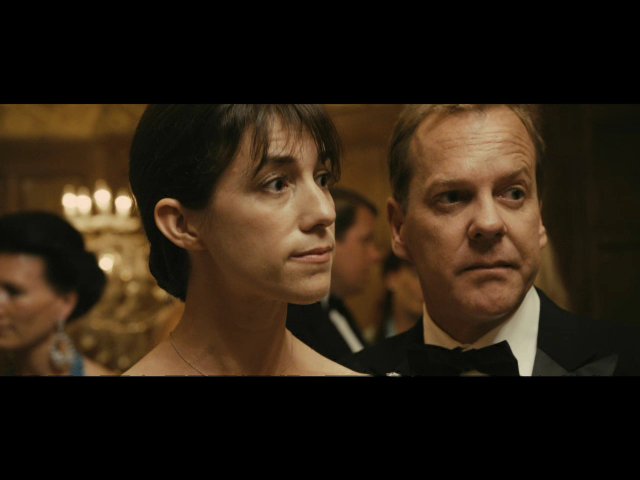
By the end of Chapter 1, Melancholia has blotted a star out of the sky. In Chapter 2, entitled “Claire”, it’s headed right at us.
As a writer, Von Trier often gives us people conceived as an allegorical “type”. (Basically he’s saying to his actors: I conceived this, now it’s up to you to make it flesh and blood.) Claire is the nurturing mother, to her little boy and, really, to Justine herself. She is petrified of planet Melancholia. Sutherland is “the man of science” with his telescope who regards Melancholia as a thing of awesome beauty, to be observed with wonder from afar, but which can’t actually hurt them. He reassures Claire that there’s no way Melancholia will collide with Earth.
For all his reputation for torturing women in his films, Von Trier gets extraordinary performances from women. Kirsten Dunst is a revelation here. Von Trier’s dialogue can sound stagey when put in the mouths of Americans, a people he arguably doesn’t really “get”; the quintessentially American Dunst’s great gift, however, is that it is quite impossible for her to sound unnatural. She gives such a smart performance here, nailing depression perfectly, particularly when she’s in its full grip in the days following the disastrous wedding, when she’s wrecked her life: the inertia, the way she can barely lift herself into the bath or out of a cab. She and Von Trier make it more complex than “she’s just sick”: Justine also just has a really dark streak, believing firmly that “life on earth is evil”.
And Charlotte Gainsbourg is the perfect actress for Von Trier. A striking woman, her not-quite-identifiable, English/pan-European accent is a perfect fit for his line readings.
Some may scoff at the metaphor of depression as a planet that immolates everything in its path and wipes out the Earth as too obvious, but not anyone who's every actually suffered from it. Not anyone who’s felt the intractable pull of depression’s gravitational field. Von Trier and Dunst have captured how the sufferer from depression welcomes oblivion, almost looks forward to the event that will end everything…and the way there is something actually a bit brutal about the way the cataclysm never actually comes, the way life just proceeds inexorably on its day to day course.
If you're an artist, though, that sense of yearning for oblivion--of wanting to obliterate everything--is in constant struggle with the impulse to create. Indeed, this friction is probably the spark of all art.
Von Trier was in a bad place when he gave us “Antichrist", a place full of pain. It was a film of great beauty but also of almost unbearable pain, though the impish, mischievous Brechtian sense of humor was still there. He was reportedly in a good place when he made “Melancholia” (ironically enough). He will always be the gleeful provocateur, delighting in pulling the rug out from under us. But it was only when he was able to finally get to a place where he was happy that he was able to give us what is perhaps his finest work of art yet.
(Though I’ve heard that "Melancholia" is available “on demand”, you must see it on a huge screen with a huge sound system…for the full impact of the images and the music, the overwhelming crescendo of the emotional and sensory experience.)
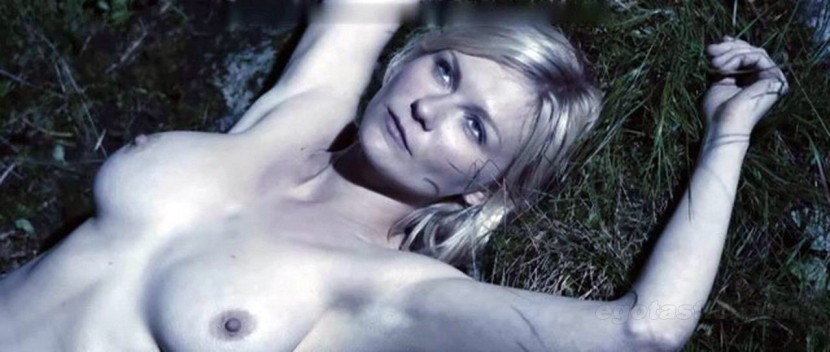
Rating: ***** Key to ratings:
-- November 16, 2011
***** (essential viewing)
**** (excellent)
*** (worth a look)
** (forgettable)
* (rubbish!!)
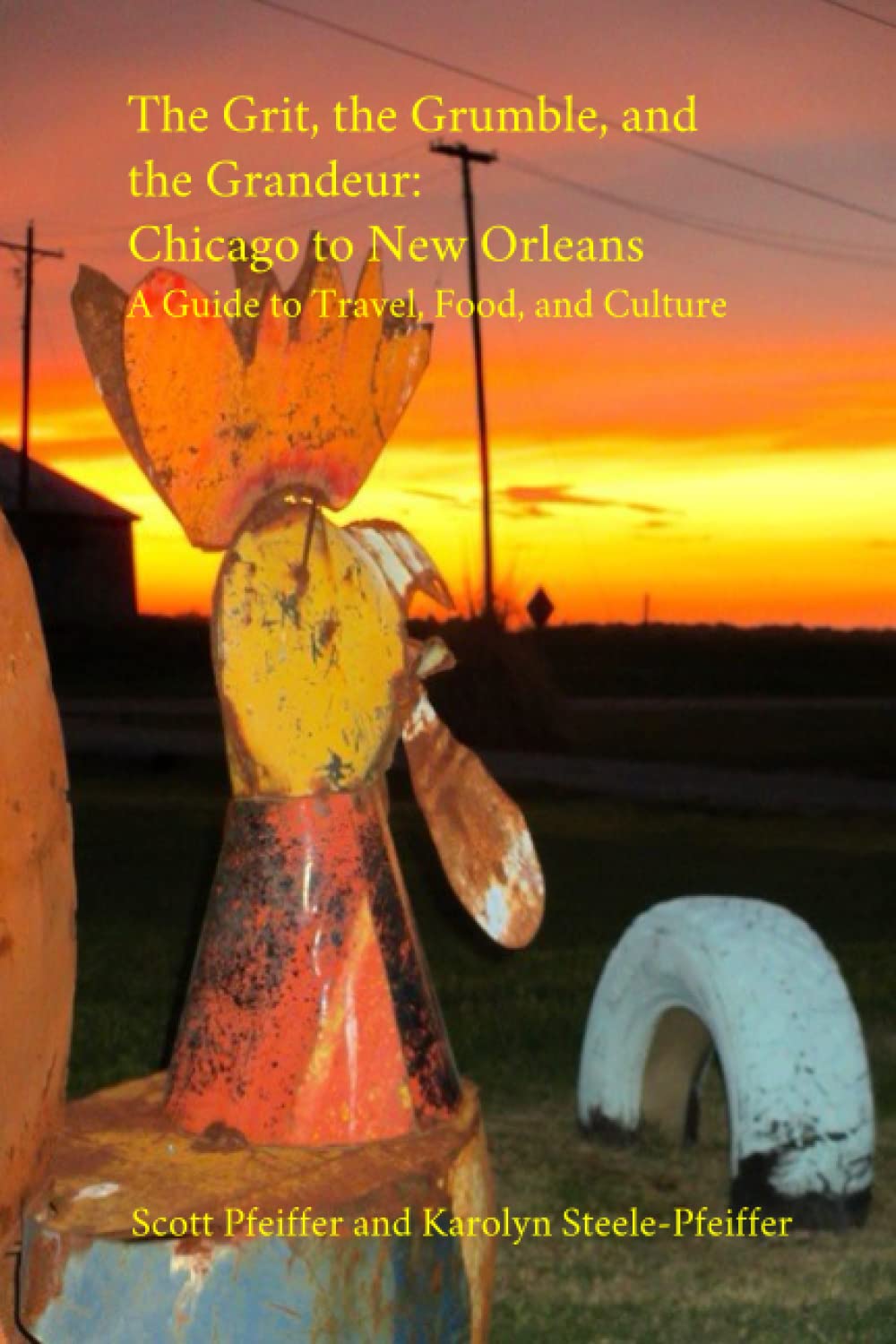

 Scott Pfeiffer
Scott Pfeiffer
Reader Comments (1)
We saw Meloncholia last evening and your review captures it perfectly. Yes, do be sure to see it on the big screen as the visual and auditory experiences are beautiful.